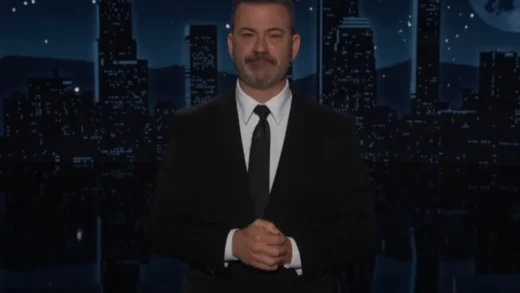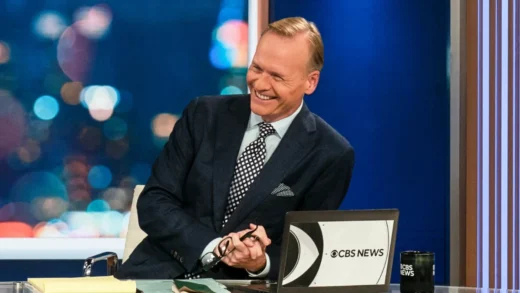
Making a movie is hard work.
Even on the smallest of scales, it requires a director to organize the efforts of several dozens of people to work towards a singular goal. Not only does a director have to make every choice with this final goal in mind for months, even if no one else sees it, they also have to maintain their sanity during the shoot.
All of this while also maintaining budget constraints, trying to please the studio, and working in exceedingly stressful circumstances. So it’s no real surprise that Hollywood history is chock-full of horror stories where directors didn’t make it all the way through production. In fact, it’s kind of a miracle that anyone can make it all the way through.
There have been several high profile cases of mid-film director switches as of late, but this phenomenon is far from new. Some of the most beloved films of all time have had switched directors midway through production and still become classics.
These are the most notorious cases in Hollywood history in which a director left the film or was fired midway through production.[/nextpage][nextpage]
10. Solo: A Star Wars Story

One of the most recent and more infamous cases on the list, this past summer’s Star Wars film suffered from just having the wrong issues at the wrong time.
After years of pre-production and planning, directors Phil Lord and Chris Miller (of The Lego Movie and 21 Jump Street fame) were a few months into filming when, in June of 2017, it was suddenly announced that they were fired from the film. Seeing as the film’s scheduled release was already less than a year away, Lucasfilm had to move fast to replace the duo, turning to studio friend and filmmaker veteran Ron Howard to complete the film.
Once Howard took over, the film went through extensive reshoots to provide a more consistent tone and to get things a bit closer to what was in the script written by Lawrence and Jon Kasdan. The finished film wound up being a rip-roaring good time that delivered everything anyone could have possibly wanted from a young Han Solo movie, but the negative publicity garnered from this mid-production change marred the film’s financial success.
[/nextpage][nextpage]
9. The Wizard Of Oz
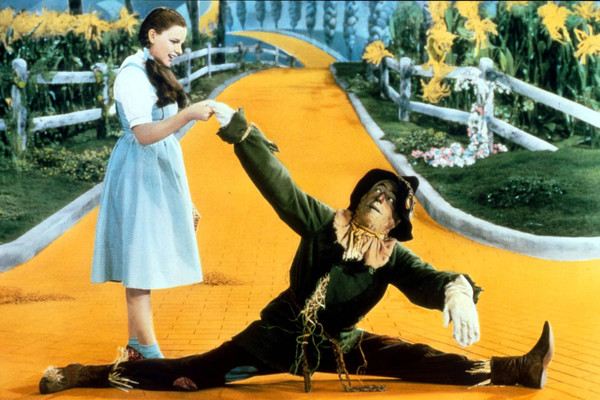
Widely considered one of the greatest films ever made, the beloved classic actually holds the record for the most director changes a film has ever had.
This film changed hands not once, not twice, but five different times for a total of sixdifferent directors. When the film originally began pre-production in July of 1938, MGM announced that the Oscar-winning Norman Taurogwas set to direct. Until about two months later, when the studio suddenly announced Richard Thorpe would be taking things over instead.
Thorpe went on to get a full twelve days of filming under his belt before being fired by MGM, who felt his directing was stilted and ill-suited to the musical genre. In came George Cuckor, an MGM house-favorite for helming musicals and dance sequences. However, Cuckor had prior commitments to another project, resulting in him simply overseeing things for a week while MGM scurried to find a replacement.
They managed to convince Victor Fleming, one of the hottest directors of the time, to come on and finish the film and he is the one who stayed on the longest and got the official credit. However, he wasn’t the last. Towards the end of production, Fleming had to leave due to prior commitments to making Gone With the Wind, leaving King Vidor to film the Kansas-set opening, alongside producer Mervyn LeRoy who served as director for a few days in-between.
It is an absolute miracle this thing turned out even watchable, much less a cinematic classic.
[/nextpage][nextpage]
8. Justice League
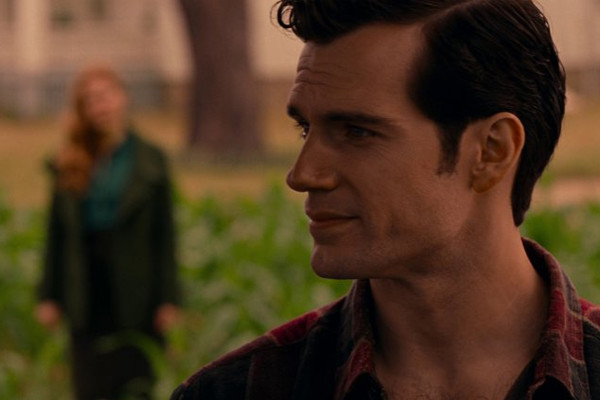
After the divisive success of 2013’s Man of Steel, DC and WB put the cart thoroughly before the horse and decided to bet every single one of their chips on a man named Zack Snyder.
Snyder had delivered for them in the past and had convinced them that he could deliver a DC cinematic universe that would top what Marvel was achieving with their MCU at the time. The subsequent film, Batman v. Superman, was even more divisive, leading DC and WB to question their choice.
This, alongside some very sad personal news for the Snyder family, led to Zack leaving Justice League at the end of production. The original plan was for Joss Whedon to come in and see the film through its final weeks of filming and then oversee the editing, following Snyder’s pre-established plan. However, that’s not what happened.
DC and WB wound up having Whedon reshoot the vast majority of the film, with the production going multiple months and millions of dollars over-budget. The resulting film was Frankenstein’s-monster-like creation with jarring changes in tone that, thanks to the negative reaction from every side of the fandom, made substantially less money than its predecessors.
[/nextpage][nextpage]
7. Spartacus
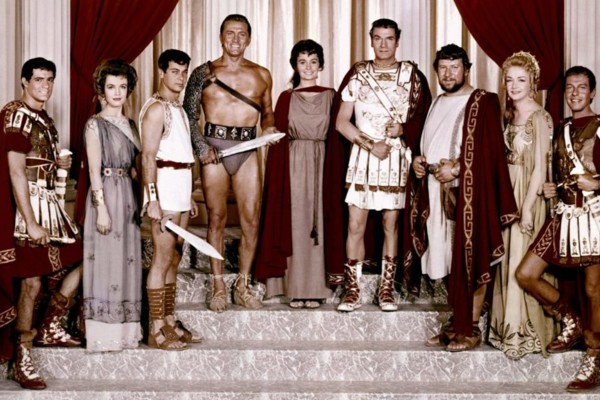
As legend has it, after losing out on the coveted lead role in Ben-Hur, actor Kirk Douglas immediately looked for a similar property which he could buy and adapt into a similarly epic film.
The resulting project was Spartacus, an adaptation of Howard Fast’s original novel. Douglas was in a bit of a rush to get his biblically epic film out into the world, and as a result, perhaps moved pre-production along a bit quicker than he should have.
The film began principal photography with Anthony Mann, a fairly well-established director in the Western genre. However, after the first week of filming, Douglas and Mann were at odds. They had filmed the large-scale opening sequence, and Douglas wasn’t pleased with Mann’s work ethic, explaining later;
“He seemed scared of the scope of the picture.”
As a result, Douglas has Mann fired and brought him his former Paths of Glory director, Stanley Kubrick. Kubrick took to the film like a fish to water and wound up crafting a panoramic epic that remains highly revered to this day.
(Excerpt) Read More at: WhatCulture.com
[/nextpage]

